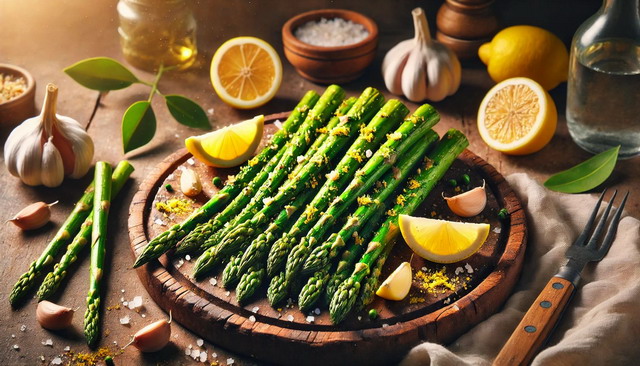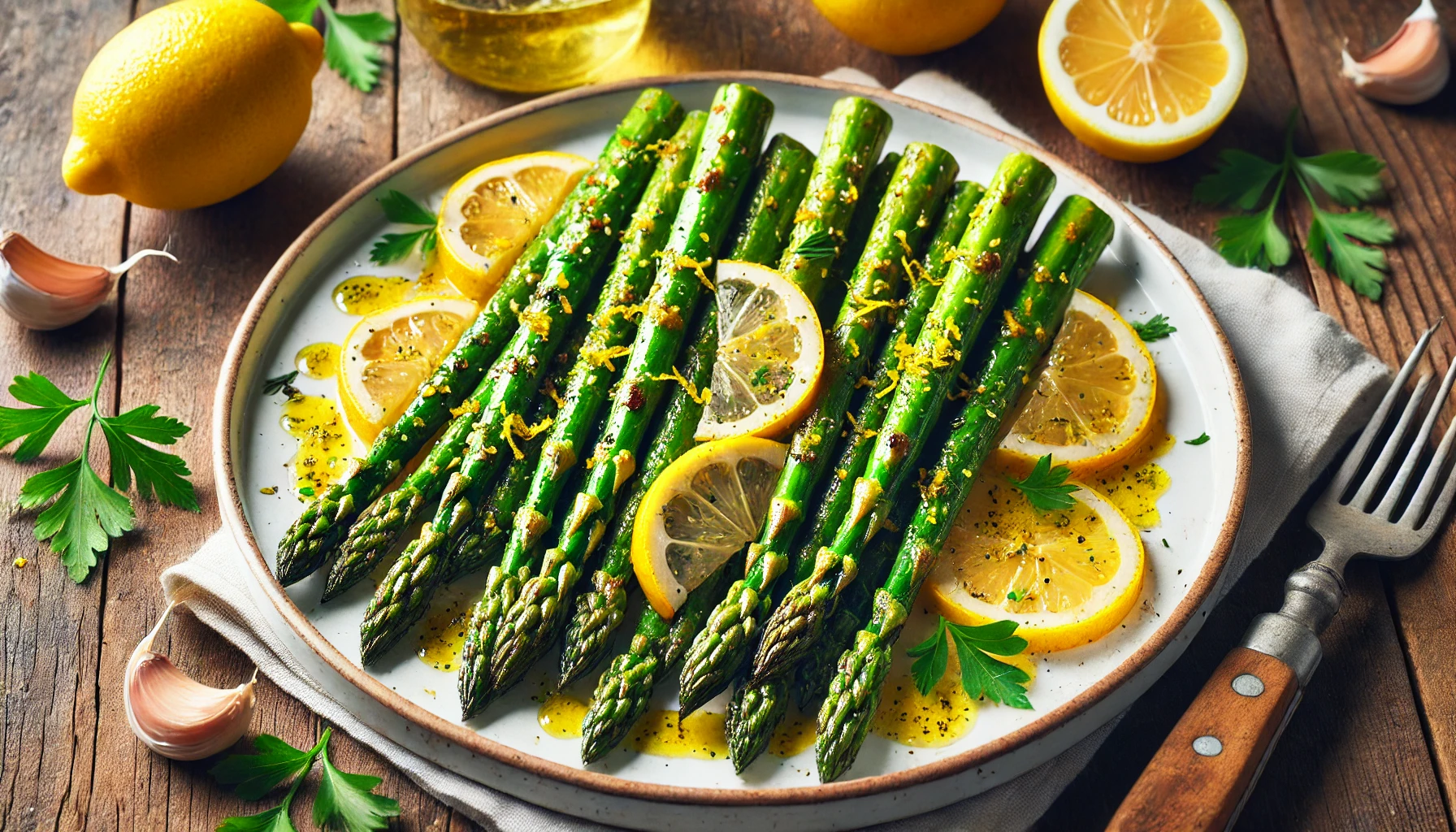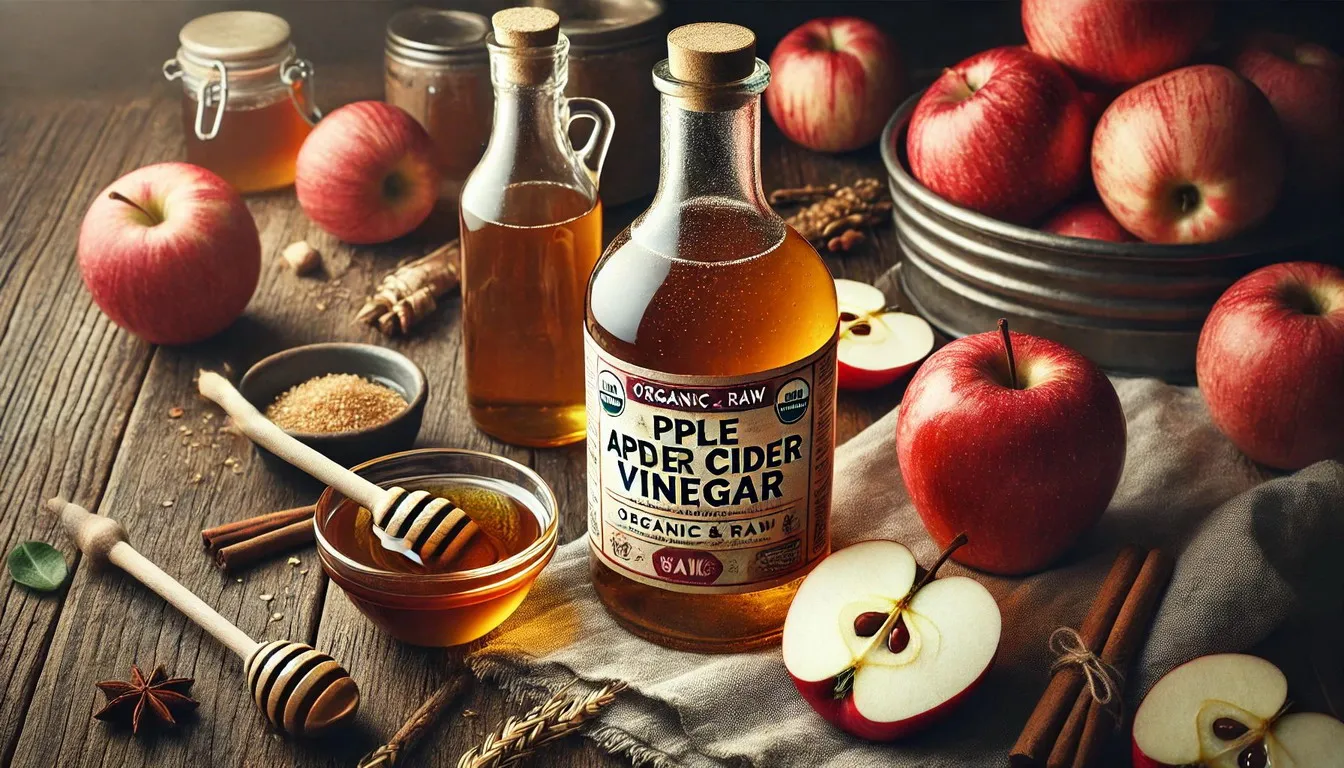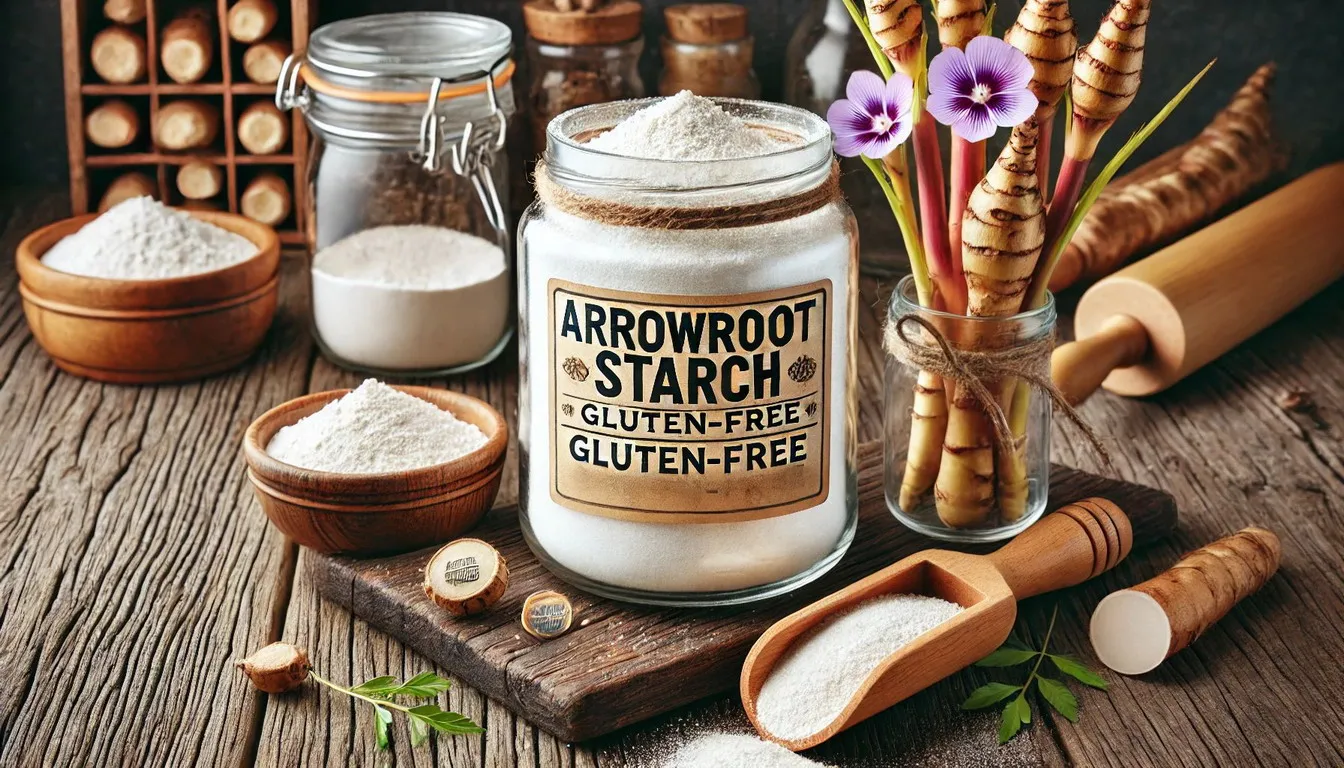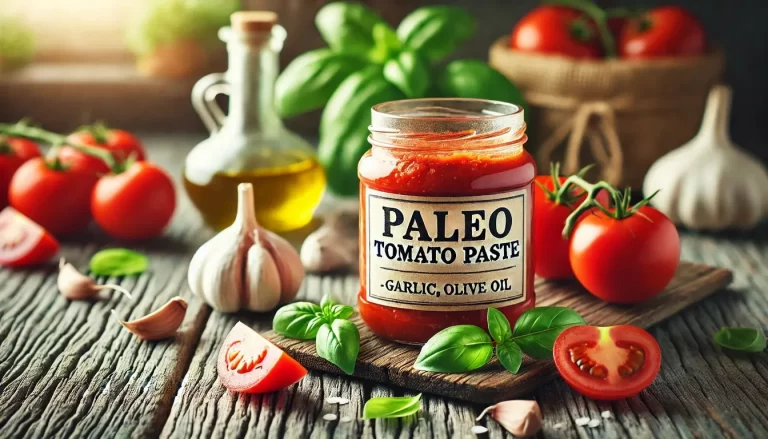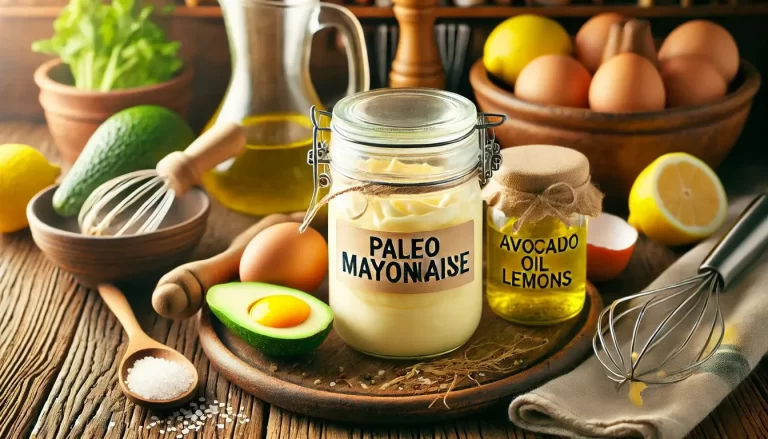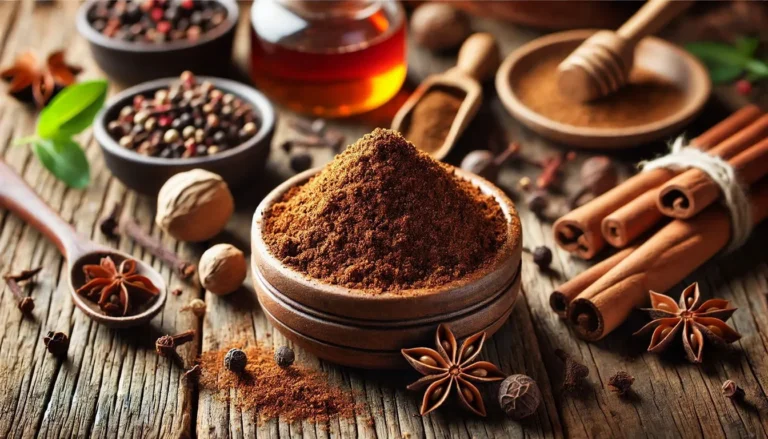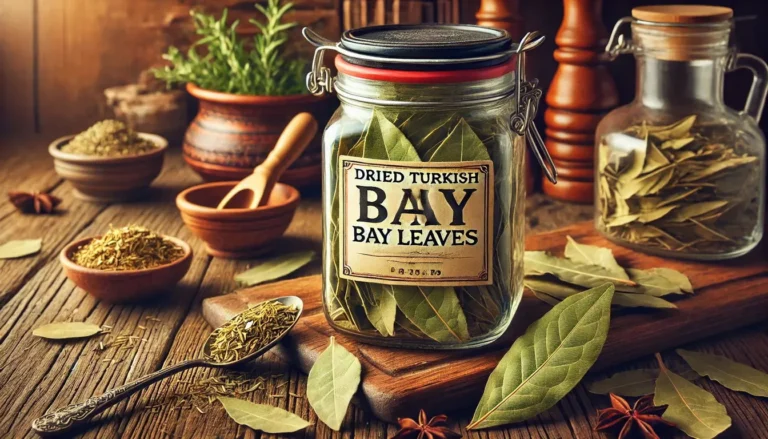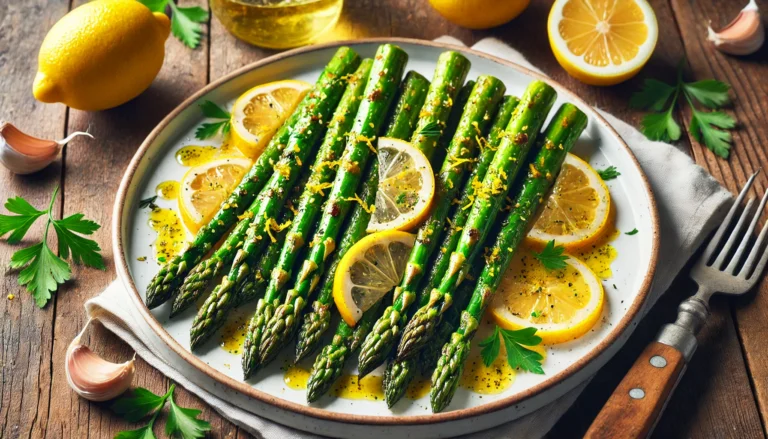Roasted asparagus is a delightful and nutritious side dish that brings a burst of flavor to any meal. When combined with the zesty freshness of lemon and the aromatic allure of garlic, asparagus transforms into a culinary masterpiece. This article delves into the intricacies of creating the perfect lemon-garlic roasted asparagus, a dish that not only tantalizes taste buds but also offers numerous health benefits. Whether you’re a seasoned chef or a novice in the kitchen, this guide will equip you with the knowledge and techniques to prepare this exquisite dish.
Nutritional Benefits of Asparagus: A Powerhouse of Nutrients
Asparagus is often celebrated for its impressive nutritional profile. Rich in vitamins A, C, E, K, and B6, as well as folate, iron, copper, calcium, protein, and fiber, asparagus is a powerhouse of essential nutrients. These nutrients contribute to various health benefits, including improved digestion, weight loss, healthy pregnancy, and better bone health. Moreover, asparagus is low in calories and high in antioxidants, making it an excellent addition to a balanced diet.
One of the standout nutrients in asparagus is folate, a B vitamin essential for cell growth and DNA formation. This makes asparagus particularly beneficial for pregnant women, as folate plays a crucial role in fetal development. Additionally, the high levels of vitamin K in asparagus contribute to bone health by promoting calcium absorption and bone mineralization.
Asparagus also contains a unique combination of anti-inflammatory and antioxidant nutrients. These include saponins, which have been shown to reduce blood cholesterol levels and lower cancer risk, and the flavonoid quercetin, known for its ability to neutralize free radicals and reduce inflammation. Regular consumption of asparagus can therefore support overall health and protect against chronic diseases.
The Flavor Combination: Lemon and Garlic – A Match Made in Culinary Heaven
The combination of lemon and garlic with asparagus is not only delicious but also incredibly healthy. Lemon adds a refreshing tang and enhances the natural flavors of asparagus, while garlic brings a rich, savory depth. Both ingredients are renowned for their health benefits. Lemon is high in vitamin C, which boosts the immune system, and garlic is known for its anti-inflammatory and antioxidant properties. This powerful duo elevates the simple asparagus to a gourmet level.
Lemon, with its bright citrus flavor, perfectly balances the earthy taste of asparagus. The acidity of lemon juice not only enhances the flavor but also helps retain the vibrant green color of asparagus during cooking. The zest of the lemon adds a concentrated burst of citrus aroma and flavor, making the dish more appealing.
Garlic, on the other hand, infuses the asparagus with a robust, savory flavor. When roasted, garlic becomes sweet and mellow, complementing the natural sweetness of asparagus. Garlic also offers numerous health benefits, including boosting the immune system, reducing blood pressure, and improving cholesterol levels. The combination of lemon and garlic not only enhances the taste of asparagus but also amplifies its health benefits.
Selecting the Right Asparagus: Freshness is Key
Choosing the right asparagus is crucial for achieving the best flavor and texture in your roasted dish. When selecting asparagus, look for firm, bright green spears with closed tips. The stalks should be straight and free from blemishes. Thicker stalks are preferable for roasting as they hold up better under high heat. It’s also important to consider the seasonal availability of asparagus, with spring being the peak season for the freshest and most flavorful spears.
Asparagus is typically available in three varieties: green, white, and purple. Green asparagus is the most common and widely available. White asparagus, grown underground to prevent chlorophyll development, has a milder flavor and more tender texture. Purple asparagus, which turns green when cooked, has a sweeter flavor due to its higher sugar content. Each variety can be used for roasting, depending on your preference.
When purchasing asparagus, check for freshness by inspecting the cut ends. They should be moist and not dried out. Avoid asparagus with wrinkled stalks or soft tips, as these are signs of aging. If possible, buy locally grown asparagus, as it is likely to be fresher and more flavorful.
Preparing Asparagus for Roasting: A Crucial Step for Success
Proper preparation of asparagus is essential for even roasting and optimal flavor. Start by washing the asparagus thoroughly to remove any dirt or sand. Next, trim the woody ends of the stalks. An easy way to do this is to bend the stalk near the base until it snaps; the asparagus will naturally break at the right spot. For a more uniform appearance, you can use a knife to trim the ends evenly. Pat the asparagus dry before proceeding to the next step.
To ensure even cooking, it’s important to arrange the asparagus spears in a single layer on the baking sheet. Overcrowding the pan can result in uneven roasting and soggy asparagus. If you have a large quantity of asparagus, use two baking sheets or roast in batches. Lightly coat the asparagus with olive oil to promote browning and prevent sticking. Use your hands to toss the asparagus, ensuring each spear is evenly coated with oil.
The Roasting Process: Achieving Perfection
Roasting asparagus is a straightforward process that brings out its natural sweetness and enhances its flavor. Preheat your oven to 400°F (200°C) for optimal roasting. Arrange the prepared asparagus spears in a single layer on a baking sheet. Drizzle with olive oil, ensuring each spear is coated, and sprinkle with salt and freshly ground black pepper. For the lemon-garlic variation, add minced garlic and freshly squeezed lemon juice, along with lemon zest for an extra burst of citrus flavor. Roast in the preheated oven for 15-20 minutes, or until the asparagus is tender and slightly crispy on the edges.
During roasting, the high heat caramelizes the natural sugars in asparagus, resulting in a sweet, nutty flavor. The garlic becomes soft and golden, adding depth to the dish. The lemon juice and zest infuse the asparagus with a bright, tangy flavor that balances the richness of the roasted vegetables. Be sure to check the asparagus halfway through roasting and toss the spears to ensure even browning.
Enhancing the Recipe: Variations and Additions
While the classic lemon-garlic roasted asparagus is delectable on its own, there are numerous ways to enhance the recipe with additional ingredients. For a cheesy twist, sprinkle grated Parmesan or crumbled feta over the asparagus before roasting. Fresh herbs like thyme, rosemary, or dill can also be added to infuse the dish with more layers of flavor. For a bit of heat, consider adding red pepper flakes or a dash of hot sauce. These variations can help tailor the dish to your personal preferences and make it a versatile addition to any meal.
For a Mediterranean-inspired variation, toss the asparagus with Kalamata olives, sun-dried tomatoes, and a sprinkle of oregano before roasting. For an Asian twist, drizzle the roasted asparagus with sesame oil and soy sauce, and sprinkle with toasted sesame seeds and sliced green onions. These variations can add excitement to your meals and introduce new flavor profiles.
Serving Suggestions: Pairing and Presentation
Lemon-garlic roasted asparagus is a versatile side dish that pairs well with a wide range of main courses. It complements grilled meats, poultry, and seafood, and also works beautifully with vegetarian dishes. For a stunning presentation, arrange the roasted asparagus on a platter and garnish with additional lemon zest, fresh herbs, or a sprinkle of sea salt. Consider serving it alongside roasted chicken, steak, salmon, or as part of a brunch spread with eggs and toast.
To create a well-rounded meal featuring lemon-garlic roasted asparagus, consider pairing it with complementary dishes. Start with a light appetizer such as a fresh salad or a vegetable soup. For the main course, opt for a protein that pairs well with asparagus, such as grilled chicken, fish, or a plant-based protein like tofu or tempeh. Finish with a light dessert, like a fruit sorbet or a citrus-infused cake, to round out the meal. Planning a complete menu ensures a balanced and enjoyable dining experience.
Storing and Reheating Leftovers: Maintaining Freshness
If you have leftovers, storing and reheating roasted asparagus properly is key to maintaining its flavor and texture. Place the cooled asparagus in an airtight container and refrigerate for up to three days. To reheat, spread the asparagus on a baking sheet and warm in a 350°F (175°C) oven for 5-10 minutes. Avoid microwaving, as it can make the asparagus soggy. Roasted asparagus can also be enjoyed cold, added to salads, or used as a topping for pizzas and flatbreads.
To extend the shelf life of your roasted asparagus, consider freezing it. Place the cooled asparagus in a single layer on a baking sheet and freeze until solid. Transfer the frozen asparagus to a resealable plastic bag or airtight container and store in the freezer for up to three months. To reheat, spread the frozen asparagus on a baking sheet and roast in a preheated 400°F (200°C) oven for 10-15 minutes, or until heated through.
Exploring Different Cooking Methods: Beyond Roasting
While roasting is a popular method for preparing asparagus, there are other techniques that can yield equally delicious results. Grilling asparagus adds a smoky flavor that pairs well with the lemon-garlic combination. Simply brush the asparagus with olive oil and season with salt, pepper, garlic, and lemon before placing them on a hot grill. Blanching followed by sautéing is another method that retains the vibrant green color and tender-crisp texture of asparagus. Experimenting with these methods can add variety to your culinary repertoire.
Incorporating Roasted Asparagus into Meals: Versatility at Its Best
Roasted asparagus can be used in a multitude of dishes beyond being a standalone side. Chop roasted asparagus and add it to pasta dishes, risottos, or grain bowls for added flavor and nutrition. It also works well in frittatas, quiches, and omelets, providing a burst of color and taste. For a unique twist, try adding roasted asparagus to sandwiches or wraps, or use it as a topping for pizzas and flatbreads. The possibilities are endless, and incorporating roasted asparagus into your meals can elevate everyday dishes to gourmet levels.
Pairing with Wine: Enhancing the Dining Experience
Pairing the right wine with your lemon-garlic roasted asparagus can enhance the overall dining experience. The acidity of lemon and the pungency of garlic can be complemented by a crisp, unoaked white wine such as Sauvignon Blanc or Pinot Grigio. These wines have bright acidity and citrus notes that harmonize with the flavors of the dish. Alternatively, a light-bodied red wine like Pinot Noir can provide a pleasant contrast to the green, earthy flavors of asparagus. Experimenting with wine pairings can add an extra layer of sophistication to your meal.
Creating a Complete Menu: Balanced and Delicious
To create a well-rounded meal featuring lemon-garlic roasted asparagus, consider pairing it with complementary dishes. Start with a light appetizer such as a fresh salad or a vegetable soup. For the main course, opt for a protein that pairs well with asparagus, such as grilled chicken, fish, or a plant-based protein like tofu or tempeh. Finish with a light dessert, like a fruit sorbet or a citrus-infused cake, to round out the meal. Planning a complete menu ensures a balanced and enjoyable dining experience.
Culinary Inspirations: Global Flavors and Techniques
Incorporating global flavors and techniques can bring a new dimension to your lemon-garlic roasted asparagus. For an Italian twist, add a drizzle of balsamic reduction and sprinkle with shaved Parmesan cheese. A Mediterranean approach might include adding Kalamata olives, feta cheese, and a sprinkle of oregano. For an Asian-inspired dish, toss the roasted asparagus with sesame oil, soy sauce, and a dash of chili flakes. Exploring different cuisines can inspire creativity and introduce exciting new flavors to your dish.
Hosting a Dinner Party: Impressing Your Guests
Lemon-garlic roasted asparagus can be the star of your dinner party, impressing guests with its flavor and presentation. To ensure success, prepare the asparagus ahead of time and reheat it just before serving. Create a beautiful presentation by arranging the asparagus on a platter and garnishing with fresh lemon slices and herbs. Consider pairing it with a variety of appetizers, main courses, and desserts that complement the dish. Providing wine pairings and a thoughtfully curated menu will leave a lasting impression on your guests.
Sustainability and Sourcing: Choosing Quality Ingredients
Sustainability and sourcing quality ingredients are important considerations in modern cooking. When selecting asparagus, opt for locally grown, organic produce whenever possible. This not only supports local farmers but also ensures fresher, more flavorful asparagus. Similarly, choose organic lemons and garlic to avoid pesticides and enhance the overall taste of the dish. Being mindful of where your ingredients come from and how they are produced can contribute to a healthier diet and a more sustainable food system.
In conclusion, lemon-garlic roasted asparagus is a dish that effortlessly combines simplicity with sophistication. Its vibrant flavors and health benefits make it a perfect side dish for any occasion. By following the guidelines and tips provided in this article, you can master the art of roasting asparagus and create a dish that will impress your family and friends. Embrace the delightful combination of lemon and garlic, and enjoy the nutritious and delicious benefits of this remarkable vegetable.
